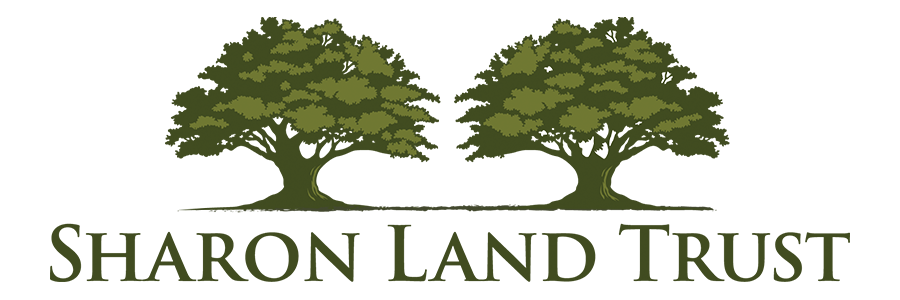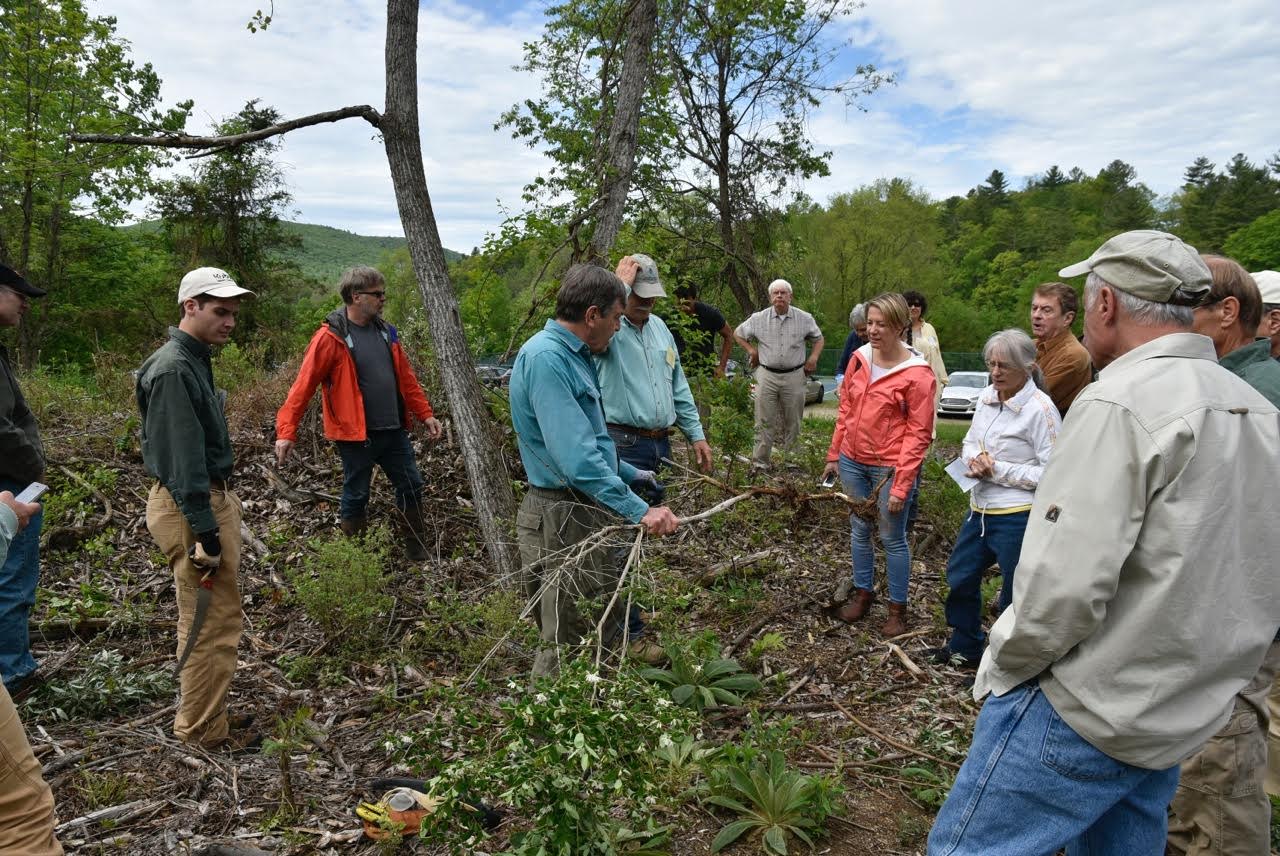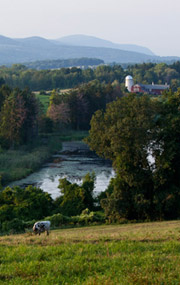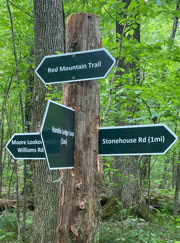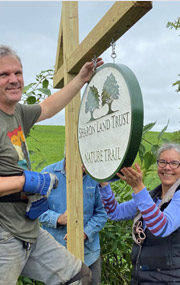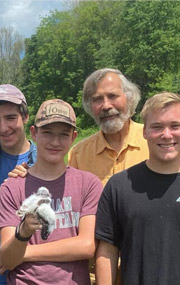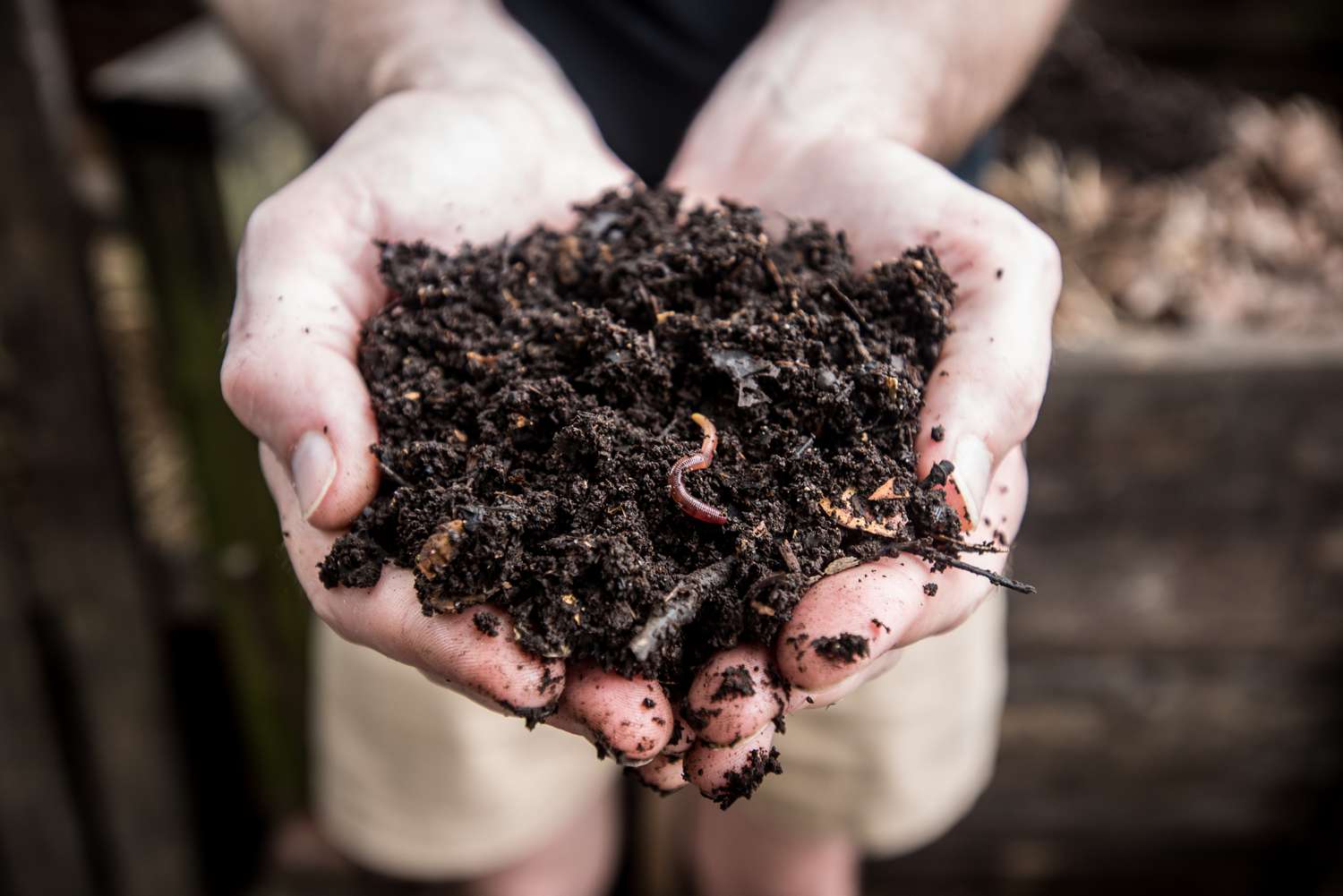Control Invasive Plants
Invasives are non-native plants that are disruptive to the environment, causing harm to habitats, human health, and the economy. They proliferate rapidly because they lack natural controls that would otherwise limit their growth—which means that they can spread unchecked, choking out plants that are native to our landscape. When choosing plants for your gardens, be sure to select native plants or non-native plants that are not invasive.
Here are some state and regional resources to help you identify invasive plants and methods for controlling them:
Create a wildlife-friendly landscape
Improving your land for wildlife is one of the most fun and fulfilling projects you can do to help the environment. No matter how big or small your property, with some research and planning, you can create a yard that is beautiful and beneficial to butterflies, birds, and animals. Keep in mind these tips:
- Limit your Lawn. By reducing the size of your lawn, you can increase biodiversity on your property. Consider participating in No Mow May, and leave your property unmown for the month of May, allowing flowers to bloom and increasing habitat for pollinators in the early part of the growing season.
- Avoid the use of chemical fertilizers and pesticides.
- Leave standing dead trees and stumps or rotting logs where possible to provide nesting cavities and basking sites.
- Visit other natural areas for inspiration. Sharon Land Trust Twin Oaks Preserve has a beautiful native planting area surrounding the parking lot.
- Plant a variety of native trees and other plants to supply year-round nectar flowers, fruits and nuts. Happily, most local garden centers carry a selection of native trees, shrubs, and perennials. When searching for plants, be sure to ask for native species and advocate for more variety of them.
Some resources for native species
- Audubon has a native plant database that can be searched by zip code. A quick search for 06069 resulted in 109 native plant species that are beneficial for birds and other wildlife.
- Homegrown National Park is a local grassroots organization focusing on biodiversity and ecosystem function by planting native plants and creating new ecological networks.
- Pollinator Pathway advocates for public and private pesticide-free corridors of native plants that provide nutrition and habitat for pollinating insects and birds.
- Native Plant Trust is the US’s first plant conservation organization and the only one solely focused on New England’s native plants.
- North American Native Plant Society is committed to preserving native plant habitats in wild areas and restoring indigenous flora to developed areas.
Composting
According to the USDA, food waste makes up the largest percentage of landfill and incineration space. Luckily, composting is one way to keep food out of the waste stream and can be done at home.
Some links to help you get started:
- https://www.epa.gov/recycle/composting-home
- https://portal.ct.gov/DEEP/Waste-Management-and-Disposal/Organics-Recycling/Composting-and-Organics-Recycling
The state of Connecticut has several initiatives to divert food waste away from landfills and incinerators. One initiative is the Food Waste Recycling Program. If you are a resident of Salisbury or Sharon, then you are able to participate in the Food Waste Recycling Program sponsored by the Salisbury/Sharon Transfer Station. This enables residents to bag and bring their food scraps to the transfer station and dispose of them in a bin specific for food scraps…Check out this article in Main Street magazine about the program.
